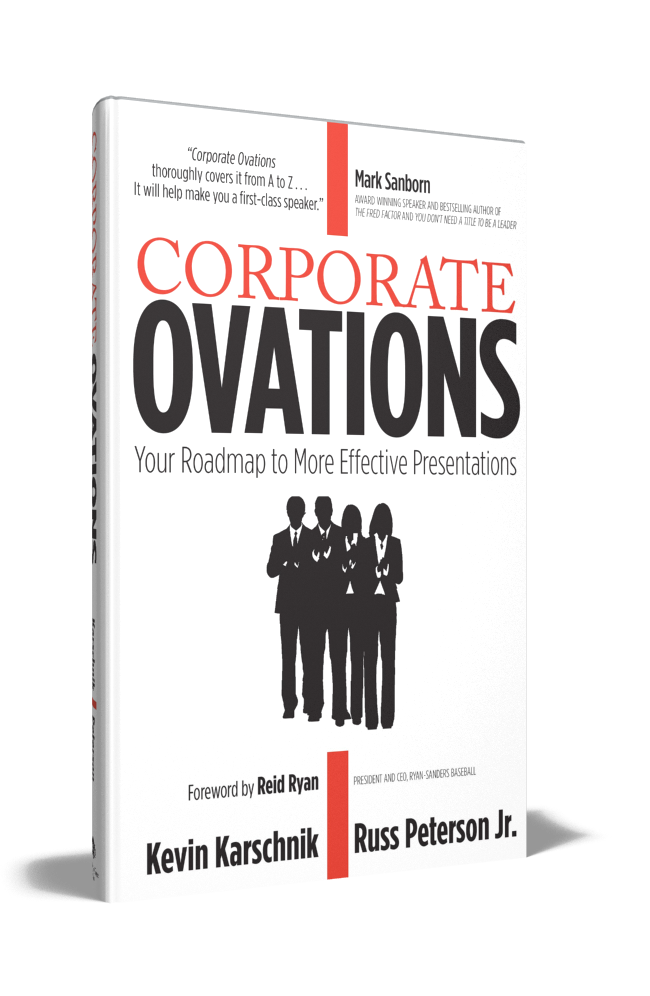Nobody answers their phone anymore and they never return a cold call voice mail! Right? I’d beg to differ. iSpeak has been using outbound calling for almost 15 years now and we still see positive results. Much of what I share below was learned from Dara, our Sr. Sales Consultant. She’s the highest caliber professional in the learning and development industry; her clients love her and we’re lucky to have her.

Of course, we all love it when we get an inbound lead from a referral, but what if your phone isn’t ringing much? What if your passionate customers just aren’t recommending you to others? You can’t just sit around waiting for the next LinkedIn ad or Blog post to generate a lead, right? So what can you do?
Don’t get me wrong, I’m not disputing the importance of social media selling, opt-in marketing, SEO, online funnels and other types of lead generation, but if you think cold calling just doesn’t work… maybe you’re just doing it wrong.
What can we do proactively?
Do you want to stand out from your competitors? Well think about this. If people are abandoning the traditional cold call, you might just stand out from the crowd if you do make those calls… and if you do them well! In his book The 4 Disciplines of Execution: Achieving your Wildly Important Goals, Sean Covey points out the necessity to identify both your lead and your lag measures if you want to affect outcomes.
Lag vs. Lead Measures
A lag measure is what we are usually very good at measuring. It’s measuring the outcomes. What were your sales last month? How much of your quota have your required? How many opportunities did you add last week? Sometimes we forget about the lead measures.
A lead measure is something we can measure that will ultimately drive the outcome we want. Think of it as the measurement of the activity prior to achieving the results. If, for example, we want to achieve sales per month of $10,000, then we can’t just track our sales each month. That is a lag measure. By the time we get the measurement, we have no opportunity to change it. It’s already in the past!
However, if we measure things like the number of cold calls made per day, the number of emails sent per day, the number of face-to-face meetings per week or the number of proposals sent out each week, we’re now measuring the primary activities that ultimately affect the outcome we’re seeking. We know that if these numbers (lead measures) increase, our odds of reaching our higher sales goal (lag measure) also increases.
7 Tips for Better Cold Calling
If one of your lead measures is to make more outbound calls to potential prospects, here are some tips for improving your cold calls (lead measures) so you can improve your outcomes (lag measures).
1. Use both voicemail and email
Call and leave a voicemail and mention you will send them an email, as well. In case it is easier to respond that way. Then, send an email and point out, “I just left you a voicemail, as well…” The combination of the two messages received in a short period of time will stand out.
2. Don’t sound desperate
People buy to satisfy a business need. They are looking for a solution to an issue. They want to improve their business. If you have a product or service that best fits their business need, they’ll want to have a conversation. If the voicemail or phone conversation sounds like it’s more about you making a sale… they will smell it… and they will run.
3. Establish your credibility
You don’t have much time in a voicemail or an email, so you need to be succinct. If the prospect is not familiar with you or your company, you need to establish yourself as a credible source and you need to do it quickly.
“We’ve worked with other Learning and Development leaders similar to you…”
4. Focus on their business need
They have a business need. It’s been said, “No one likes to get sold, but everyone likes to buy.” The point is this… establish quickly that you’re looking for business needs where you can help. If you know the typical issues your customers struggle with, let them know you’re familiar with those needs.
“… and they’ve told us one of their biggest concerns is replenishing the numerous leadership vacancies being created by retiring baby boomers over the next 10 years.”
5. Position yourself as a problem solver
You don’t sell products or services. You sell solutions. You are a professional problem solver! If you’re going to satisfy their business need, you need to be good at solving problems. In your first voicemail or email, you could include something like this:
“We’ve been able to assist others in preparing their next generation of leaders with our High-Potential Leadership Communication workshops.”
6. Offer a connection
Give them an opportunity to connect with you for a future conversation. This can be short and simple with a couple options for connecting. You could leave your phone number, email or even send them a LinkedIn invite, as well.
“If this is an area you’re also investigating, I’d be happy to share some thoughts on how we’ve been able to help others and what we’ve learned. If you’d like to speak and if the timing is right for you, would you please let me know the best way to set a time for us to talk?
I appreciate your time and look forward to connecting with you.”
7. Be patient, it’s a relationship
If you’ve been in sales for awhile, you know it rarely happens quickly and there is no magic potion for sales success every time you try. People don’t buy from people they like… they buy from people they trust. Take the time to establish some trust with your prospects and customers.
“If I don’t hear from you, I’ll set a reminder to reach out to you again in 3 months.”
If you thought cold calling was dead… I’d invite you to try it again.
Let’s sell like professionals,
Russ
Books referenced in this post:
Cut The C.R.A.P. and Make the Sale, by Russ Peterson Jr.
The 4 Disciplines of Execution: Achieving your Wildly Important Goals, by Sean Covey, Chris McChesney, Jim Huling
Let’s connect…
iSpeak teaches workshops on Professional Selling to help sales leaders gather the most important data and then use that information to create the right message. Are your sales presentations closing eyelids or deals?
Russ Peterson Jr. is the co-founder and Managing Director of iSpeak, Inc. – An award-winning professional development training company. Russ is a speaker, international trainer, and published author on Professional Sales Communication and Business Communication. He delivers workshops, keynotes, and personal communication coaching services to business professionals in the US and around the world. His leadership blog assists leaders in giving voice to their vision. You can connect with Russ directly through Twitter, Facebook and LinkedIn.



Please note: I reserve the right to delete comments that are offensive or off-topic.